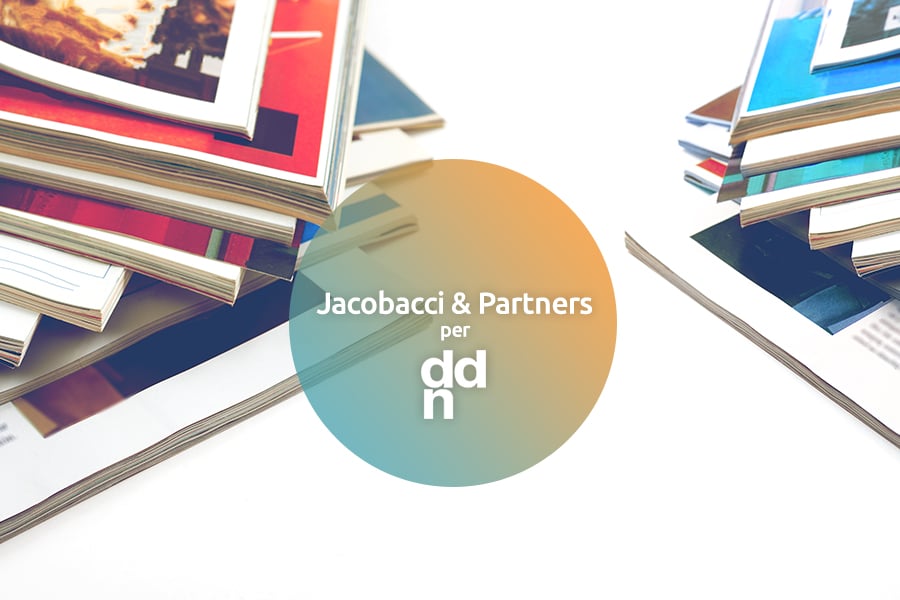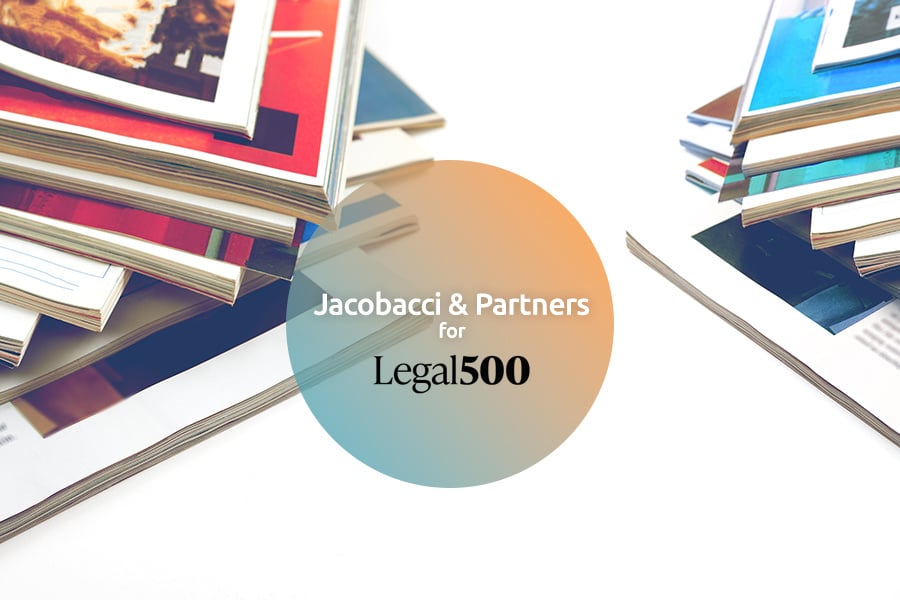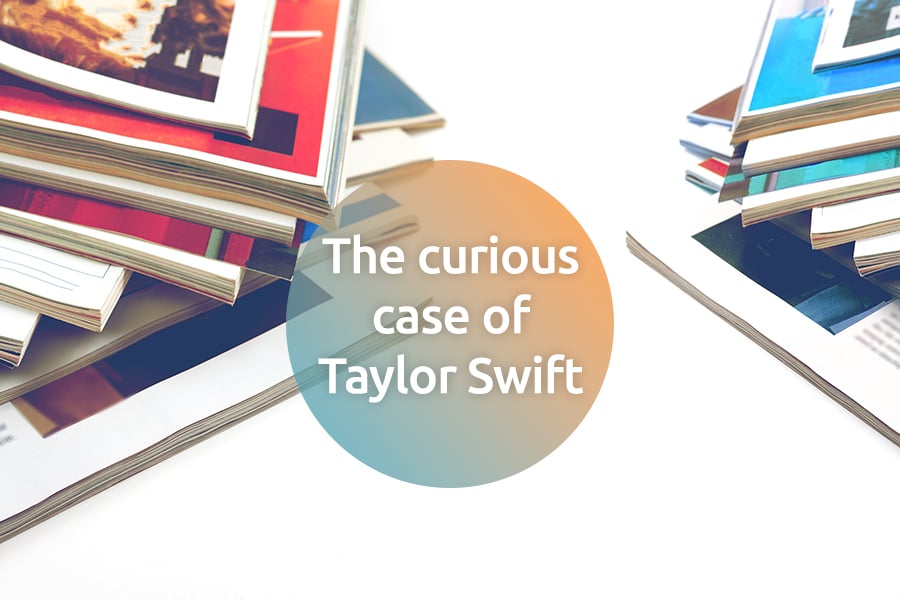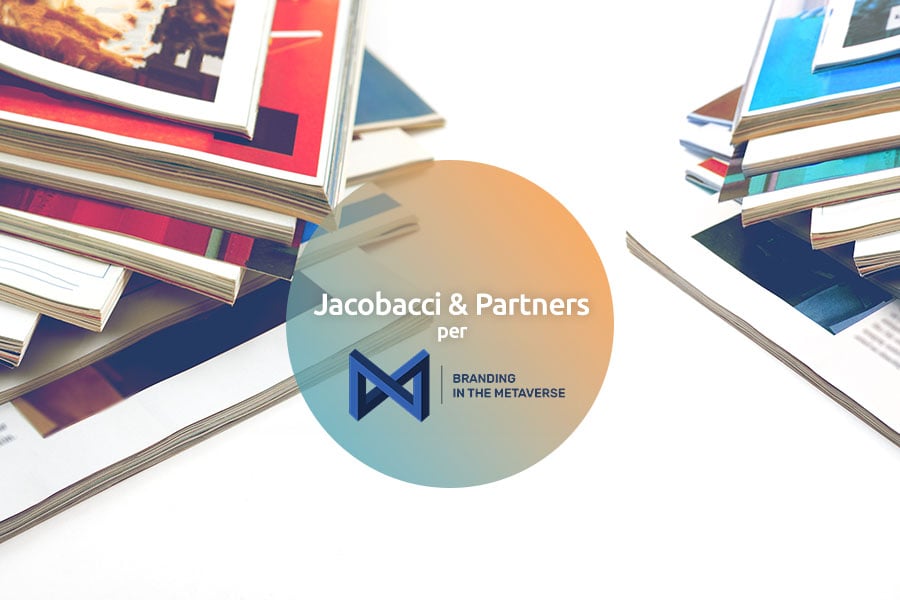Whoever wants to do business - whether it is Mr. Rossi, a Start Up, a media company or a multinational company - has always an essential need: to distinguish its product with an evocative name that, on the one hand, fosters sales and success and, on the other hand, allows the client to identify the originality of the product compared to what offered by competing companies.
If this need has been known from the very beginning of business, the globalization of markets, the ruling role of e-commerce businesses and the immediate access to information of consumers, have made increasingly necessary to accurately and timely choose and protect every distinctive element.
We are obviously talking about the “trademark”, an industrial property title that gives a legal form to a chosen name or logo, allowing the exclusive use
by the owner. A registered trademark protects the efforts and the entrepreneurial choices, conveys a series of corporate, cardinal values and, above all, allows to prevent that competitors use names of product or services similar or even identical to the one chosen by your company.
Trademark also represents an intangible asset with an independent economic value for the company and, as such, it can be sold, licensed, commerciallyused through various projects (franchising, merchandising, sponsorship, financing etc.). In terms of values, in fact, the brand often represents 50-70% of the total intangible value, with 90% quotes for the so-called brand-driven businesses. Up to now we have referred to the traditional use of trademark concerning a name or a logo.
However, with some variations and requirements, also less conventional elements and distinctive signs can be subject to trademark, such as the shape of a product (what about the Coca-Cola bottle?), a particular sound (everybody recognizes Nokia’s ringtone, Tarzan’s yell or Darth Vader’s breath), up to colors, scents or even movements.
It is fundamental to protect yourself in countries where trademark is used or it is close to use, where the risk of counterfeits is high and where production is allocated. For this purpose, in addition to the deposit of individual national brands, it can be useful the use of the so-called international brand or European Union trademark. The adhesion by the various world states to common international agreements has allowed a good level of legislative harmonization in this subject.
However, each territory has its own peculiarities and challenges that must be faced with the required expertise in order to protect investments from the very beginning, ideas and future projects that revolve around the company, a certain leading product or a commercial line, and that can play a key role in determining the success and economic sustainability of the company over time.





